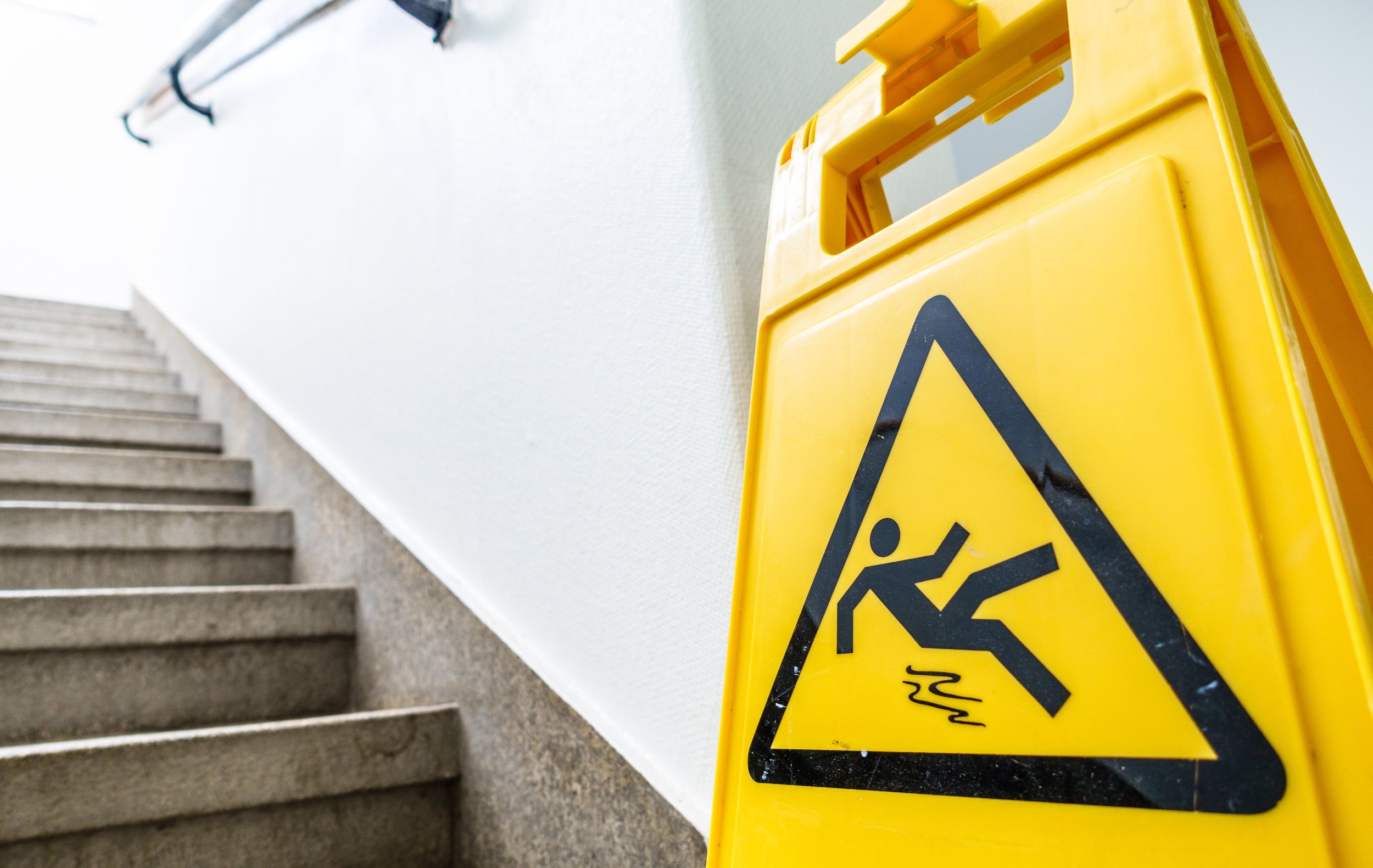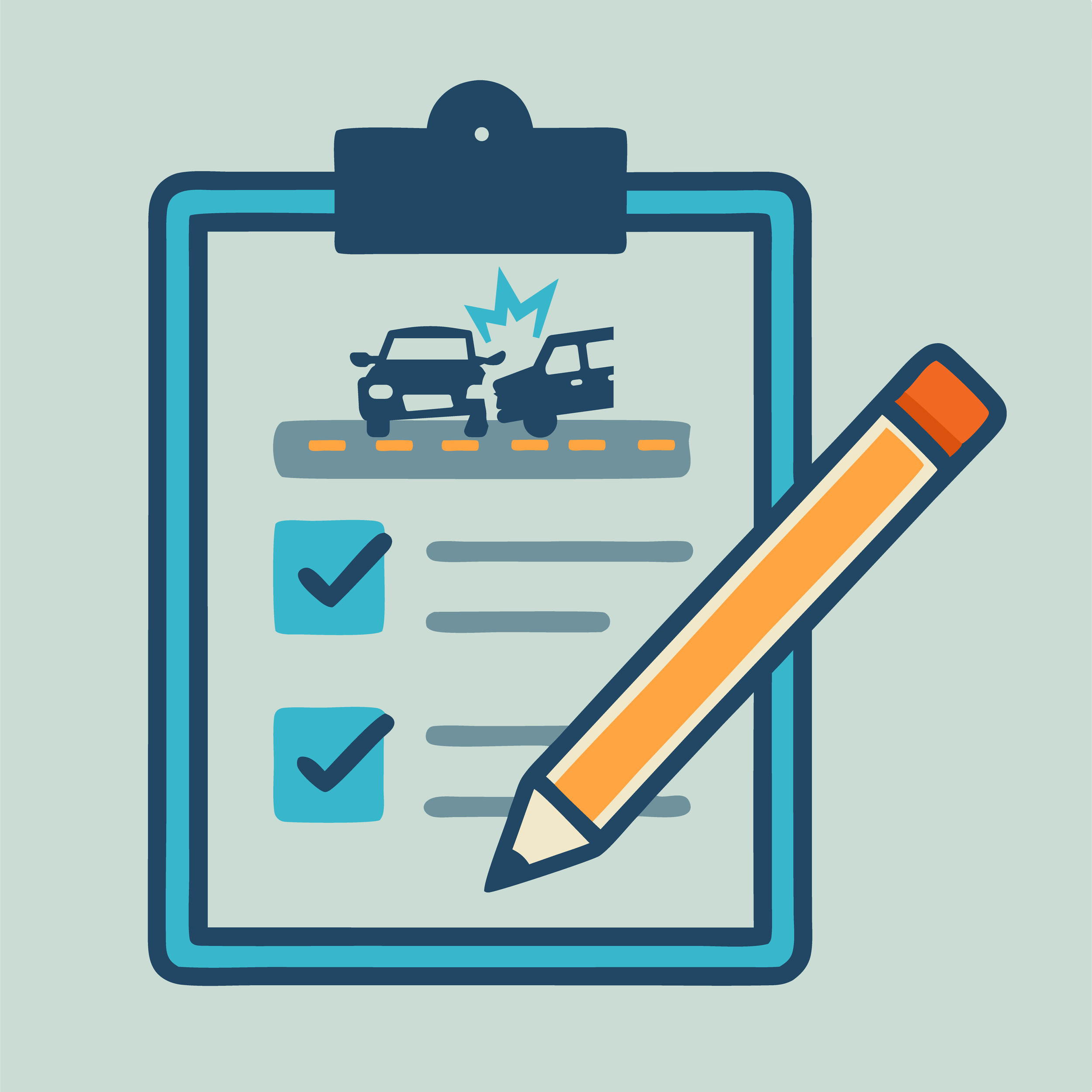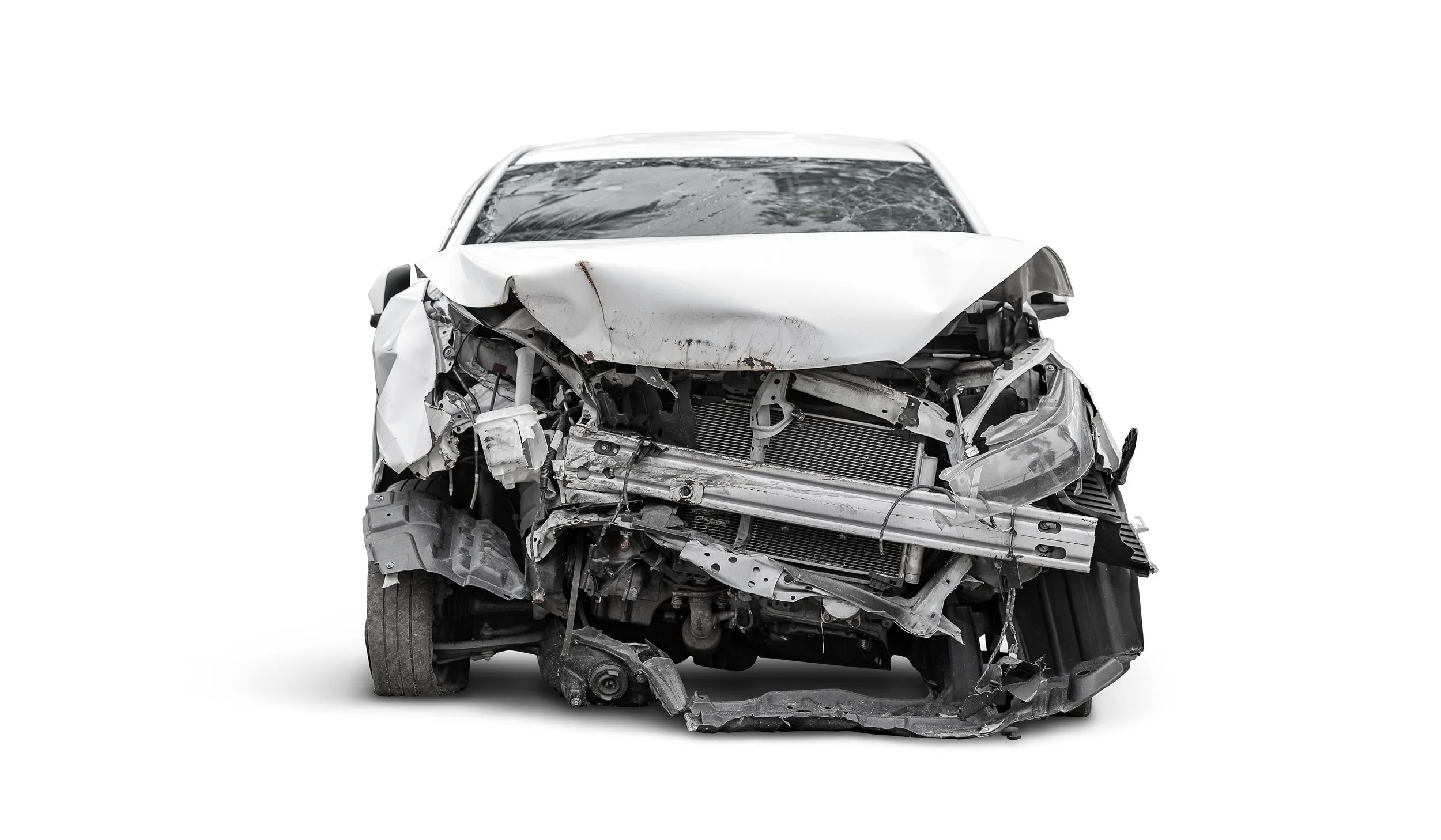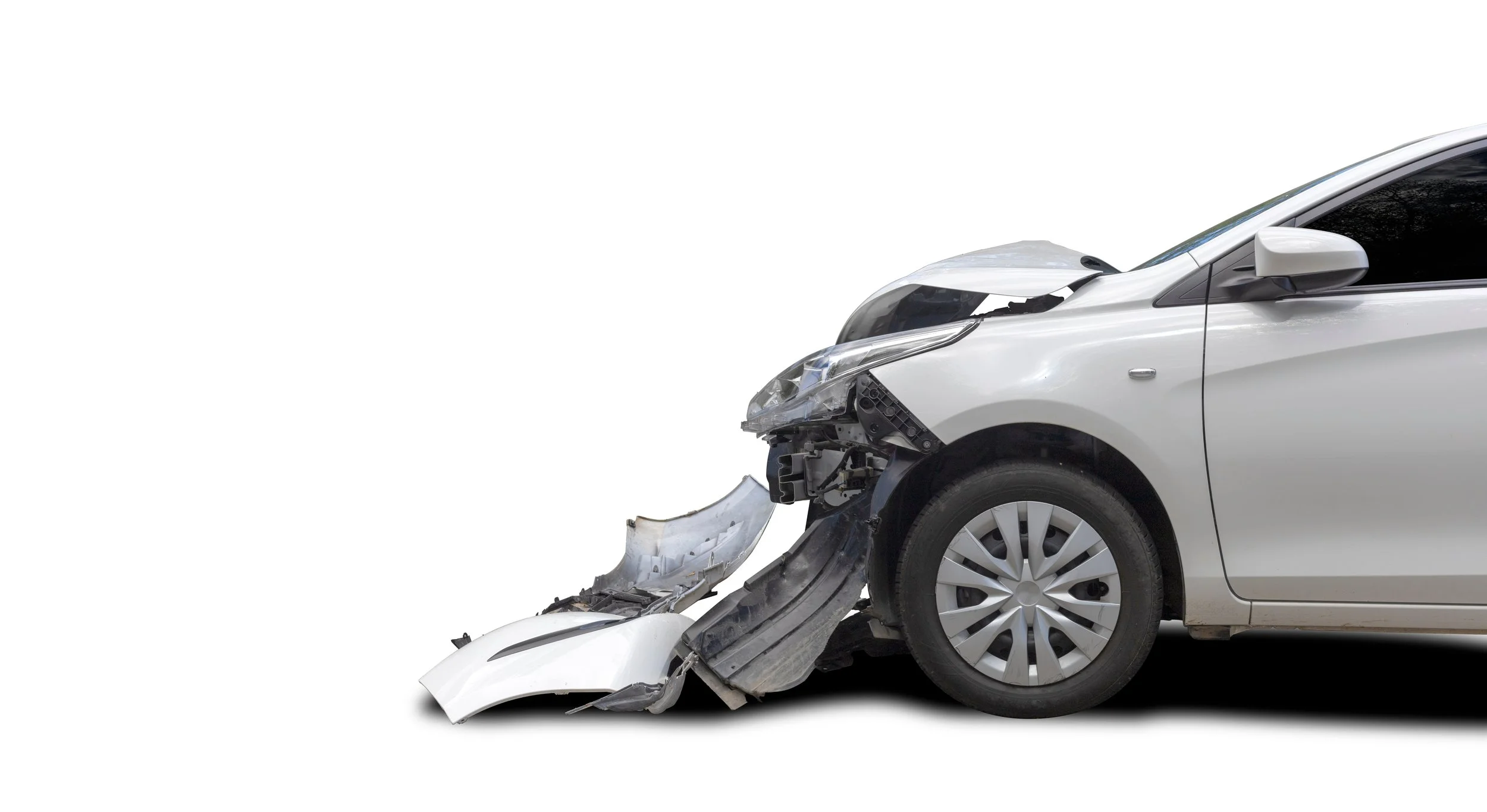Slipped and Fell in a Store? Here’s What California Law Says About Your Rights
Published: October 2, 2025. Estimated Read Time: 3 minutes
This article is part of our ongoing series for October’s Premises Liability Month. Yesterday, we broadly covered what premises liability is and what common types of cases fall into this category.
A quick trip to the grocery store or a local retailer should be a routine part of your day. But in an instant, a wet floor, a hidden obstacle, or a poorly maintained aisle can turn that errand into a life-altering event. Slip and fall accidents are among the most common causes of serious injury in California, leading to broken bones, traumatic brain injuries, and chronic pain.
If you’ve been injured in a fall in a store, you’re likely facing physical pain, medical bills, and the stress of missed work. You may be wondering, "Can I even sue the store? What are my rights?"
The answer is that California law provides strong protections for consumers, but securing your rights requires immediate and knowledgeable action. Here’s what you need to know.
The Foundation of Your Rights: Premises Liability
California law operates under a legal principle known as premises liability. This means that property owners—including store owners—have a legal duty to maintain their premises in a reasonably safe condition for all visitors and customers.
This duty, outlined in California Civil Code § 1714, requires store owners to do more than just fix known hazards; they must proactively identify potential risks through regular inspections and take steps to address them promptly . A failure to uphold this duty is considered negligence.
Proving the Store Was Negligent: The Key to Your Case
To have a valid claim, you must be able to prove four key elements:
The Store Owned, Leased, or Controlled the Property: This establishes their legal responsibility for the area where you fell.
A Dangerous Condition Existed: This could be a wet floor, a torn carpet, a cluttered aisle, poor lighting, or uneven flooring.
The Store Was Negligent: This is the most critical element. You must prove the store knew or should have known about the hazard and failed to fix it or warn customers about it within a reasonable amount of time.
The Hazard Caused Your Injury: You must show a direct link between the store's negligence and the injuries you sustained.
What Does "Knew or Should Have Known" Mean?
This concept can be broken down into two types of knowledge:
Actual Knowledge: An employee saw the spill, created the hazard, or was told about it and did nothing.
Constructive Knowledge: The hazard existed for so long that the store should have discovered it had they been conducting reasonable inspections. For example, if a spilled dairy product had been on the floor for 45 minutes, a court can infer the store was negligent for not finding it.
🛒 What is the Store's Duty of Care?
Table: Summary of the legal obligations stores owe to their customers under California premises liability law
Regular Inspections
Prompt Remediation
Adequate Warning
General Maintenance
The store must have a system for routinely checking for hazards.
Hazards must be cleaned up or repaired in a timely manner.
If a hazard can't be fixed immediately, customers must be warned.
The property must be kept in safe repair.
No inspection logs for the hour before a fall occurred.
A known leak from a freezer is left unaddressed for days.
Mopping a floor without placing "Wet Floor" cones.
Ignoring a cracked tile that several people have tripped on.
What to Do immediately After a Slip and Fall in a Store
Your actions in the moments and days following your fall are critical for protecting your health and building a strong case.
Seek Medical Attention Immediately: Your health is the priority. Even if you feel "okay," adrenaline can mask serious injuries like concussions or soft-tissue damage. A medical record also creates a vital link between the accident and your injuries.
Report the Incident: Notify the store manager or supervisor immediately. Request that they create a written incident report and ask for a copy before you leave .
Document Everything: Use your phone to take pictures and videos of:
The exact hazard that caused your fall (e.g., the spill, the obstacle).
The broader area around the hazard (e.g., lack of warning signs, poor lighting).
Your injuries (bruises, cuts, swelling).
Identify Witnesses: Get the names and contact information of anyone who saw you fall or saw the dangerous condition. Their unbiased testimony can be invaluable.
Preserve Physical Evidence: Do not wash or discard the shoes and clothing you were wearing. They may contain crucial evidence, like the substance you slipped on.
Say Nothing About Fault: Be polite but do not apologize, speculate, or make statements like "I should have watched where I was going" to store staff or their insurance adjusters. Anything you say can be used to reduce your claim.
Contact a Personal Injury Attorney Immediately: Before you speak to any insurance representatives, consult with a lawyer. An attorney can send a preservation letter to the store, demanding they save all security footage from the day of the incident before it is automatically deleted .
How California's "Pure Comparative Negligence" Law Affects Your Claim
California follows a "pure comparative negligence" rule. This means that even if you were partially at fault for your accident—for example, you were looking at your phone or wearing slippery shoes—you can still recover compensation.
However, your total financial award will be reduced by your percentage of fault.
Example: A jury finds that a store was 80% at fault for a wet floor with no signs, but you were 20% at fault for not looking down. If your total damages are $100,000, you would still recover $80,000.
The Strict Deadlines You Must Know: The Statute of Limitations
Time is not on your side. California law sets strict deadlines for filing a lawsuit, known as the statute of limitations:
Against a Private Business: You generally have two years from the date of the injury to file a lawsuit .
Against a Government Entity: If you fell in a city-owned building or on public property, you have a mere six months to file an initial claim with the government agency .
Missing these deadlines will almost certainly bar you from ever recovering compensation.
What Compensation Can You Recover?
A successful claim can help make you whole again by recovering damages for :
All medical expenses (past and future)
Lost wages and loss of future earning capacity
Pain and suffering
Emotional distress
Loss of enjoyment of life
Settlement values can range widely, from $10,000-$20,000 for minor injuries to well over $500,000 for catastrophic, life-altering injuries like traumatic brain injuries or spinal damage.
Why You Need an Attorney on Your Side
Slip and fall cases are rarely straightforward. Store owners and their insurance companies have teams of lawyers whose goal is to minimize payouts. They will often immediately deploy common defenses, arguing that :
The hazard was "open and obvious."
You weren't paying attention.
The spill happened just moments before your fall.
An experienced premises liability attorney knows how to fight these tactics. They can:
Investigate Thoroughly: Obtain store maintenance logs, inspection records, and employee training manuals to prove the store's policies were inadequate or not followed.
Secure Critical Evidence: Use subpoenas to preserve and obtain security camera footage that shows how long the hazard was there.
Negotiate from Strength: Data shows that injured parties with legal representation recover 3 to 4 times more compensation on average than those who try to handle their claim alone .
If you or a loved one has been injured in a slip and fall accident, don't navigate this complex process alone. The store's insurance company is not on your side. Contact us for a free consultation to understand your rights and options.
Sincerely,
The Team at Caldwell Law Firm
Michael Train Caldwell was born and raised in the San Francisco Bay Area, and resides in Marin County with his two children. The son of renowned San Francisco trial attorney, Edwin Train Caldwell, Michael comes from a family of litigators, and has been representing individuals facing injury and discrimination for over 20 years.
John Holman is an attorney with 23 years of litigation experience in both defense and plaintiff side litigation. John is admitted in the State of California and United States District Court for the Northern District of California. He is a graduate of UCLA in political science and earned is JD at Golden Gate University.
Before you go, check out some free resources we put together for you, and don’t forget to subscribe!
Legal Resources
Caldwell Law Firm’s free guide for drivers in California.
Confusing legal jargon? Nobody has time for that. We’ve grouped terms roughly by topic to help you quickly find the ones that pertain to your claim.
Areas Of Practice
More info about our firm’s areas of practice relevant to California roads:
Recent Auto Accident Articles
Get In Touch
Call us at (415) 453-8339 or fill out our email form:








